What is Natural Language Generation (NLG) ? Mechanisms, Technologies, and Business Applications
In recent years, advances in natural language processing (NLP) have significantly enhanced computers’ ability to understand and generate human language. Among these, Natural Language Generation (NLG) is gaining attention in business as a technology that automatically produces natural text or speech from structured and unstructured data.
NLG is applied in a wide variety of use cases, including chatbot responses, automated report generation, and voice assistant interactions. Globally, as digital transformation accelerates, demand for NLG is expanding across industries. This article explains the fundamentals of NLG, its mechanism, key technologies, use cases, implementation methods, and challenges, exploring how businesses worldwide can leverage NLG effectively.
1. What is Natural Language Generation (NLG)?
Natural Language Generation (NLG) is a subfield of NLP that automatically produces human-readable text or speech from structured data (e.g., tables, numbers) and unstructured data (e.g., text, audio). For example, NLG can generate sentences like “Tomorrow’s weather in New York will be sunny with a high of 75°F” from meteorological data, or respond to customer inquiries with messages like “Your order is scheduled to ship tomorrow.”
When combined with Natural Language Understanding (NLU), NLG enables advanced conversational interfaces and information presentation. NLU interprets the meaning of input, and NLG generates appropriate natural language output, powering chatbots, voice assistants, and automated reporting systems in global business contexts.
2. Mechanism and Key Technologies of NLG
NLG is a complex process involving multiple stages to convert data into human-like language. The following provides an overview of the representative processes and technologies (based on the NLG pipeline by Reiter and Dale, 2000).
2.1 Content Analysis
The first step is analyzing and filtering the input data. Structured data (e.g., Excel spreadsheets) and unstructured data (e.g., PDFs, audio files) are processed to identify the information necessary for generation. For instance, from sales data, NLG might extract a key point like “10% year-over-year increase.”
2.2 Data Understanding
Extracted data is interpreted to identify patterns and contextual meaning. Machine learning (e.g., Transformer models) and rule-based methods are used to capture relationships and insights. For example, customer feedback can reveal insights such as “high satisfaction levels.”
2.3 Document Structuring
The structure of the generated content is designed. Depending on data type and purpose, the narrative flow and organization are planned. For example, a financial report may be structured as “Overview → Sales Analysis → Forecast.”
2.4 Sentence Aggregation
Related information is combined to reduce redundancy and create smooth, coherent sentences. For example, “Sales increased by 10%” and “Profit margins improved” can be merged into “Sales increased by 10%, and profit margins also improved.”
2.5 Grammatical Structuring
Grammar rules are applied to generate natural text. Morphology, syntax, and semantics are considered to select appropriate vocabulary and sentence structures. For languages such as Japanese, proper use of honorifics and sentence endings is important, while in English, attention to tone and style is crucial for global audiences.
2.6 Language Presentation
The final text or speech is output in the desired format (e.g., report, email, voice response). Tone and style are adjusted for the target audience. For example, business reports require formal style, while consumer-facing content may use a more casual tone.
Key Technologies
- Template-based NLG: Predefined templates are filled with data. Simple and accurate, but limited in flexibility (e.g., standard weather reports).
- Statistical NLG: Uses statistical models (e.g., Hidden Markov Models) to probabilistically generate text from data.
- Neural NLG: Utilizes deep learning (e.g., Transformer models, GPT-3/4) to produce more natural and contextually appropriate text. Currently the mainstream technology globally.
- Reinforcement Learning: Optimizes reward functions to generate interactive dialogue or creative content, e.g., improving responses based on user feedback.
3. Eight Business Applications of NLG
Natural Language Generation (NLG) is an AI technology that converts structured data into natural, human-readable text. It is being adopted across various industries worldwide—not only for automated responses but also in marketing, report generation, healthcare, and more. Globally, companies are leveraging NLG to improve operational efficiency and enhance customer experiences. The following are eight representative use cases from both Japan and international markets.
3.1 Automated Report Generation
One of the most common applications of NLG is the automatic generation of reports from numerical or structured data. For example, financial institutions in Japan and globally generate summaries from sales data or stock market fluctuations, such as “This quarter’s revenue increased by 5% compared to the previous quarter.” This automation reduces report generation time from hours to seconds and minimizes human error.
3.2 E-commerce Product Descriptions
Online retailers need descriptions for thousands of products. NLG can automatically generate consistent, natural product descriptions from specifications such as material, size, and features. Major e-commerce companies in Japan and worldwide leverage NLG to produce large volumes of high-quality content, reducing the workload of writers while improving SEO and maintaining uniformity across product pages.
3.3 Chatbots and Customer Support
NLG plays a key role in customer support. By incorporating NLG into chatbots, companies can generate personalized responses that go beyond standard FAQs. For instance, telecom companies in Japan and other countries use NLG to provide tailored answers based on user subscriptions and usage patterns, delivering optimized information to each customer.
3.4 Voice Assistants
In combination with speech recognition, NLG is the core technology for voice assistants such as Siri, Alexa, and Google Assistant. Smart home companies globally use NLG to generate natural responses—for example, when a user says, “Turn off the lights,” the system can reply, “Sure, turning off the lights now,” enhancing conversational smoothness and user trust.
3.5 Automated News Article Generation
Media organizations are using NLG to automatically generate articles, especially in domains like sports, finance, and weather, where structured data is readily available. Japanese and international media outlets use NLG to produce match summaries, stock market updates, or weather forecasts, improving publishing speed and addressing journalist shortages.
3.6 Personalized Marketing
NLG is widely applied in marketing to create personalized content for emails, SMS, or push notifications based on customer attributes and purchase history. Retailers in Japan and globally generate individualized messages such as “Here’s a pair of pants that matches the shirt you purchased last week,” increasing open rates, click-through rates, and ultimately driving sales.
3.7 Medical Report Generation
In healthcare, NLG transforms electronic medical records and test results into patient-friendly explanations. Hospitals worldwide use NLG to summarize clinical data, for example: “Your blood sugar level was slightly elevated. A review of your diet is recommended.” This enhances patient understanding, adherence, and engagement with treatment plans.
3.8 Data-Driven Insights
NLG can integrate with business intelligence (BI) tools to automatically summarize complex analytical results in natural language. For instance, manufacturers in Japan and internationally use NLG to convert production line data into insights such as “Defect rates decreased by 2.4% month-over-month” or “Operational efficiency improved by 3%,” enabling quick, data-driven decision-making for managers and operators.
4. NLG Pricing Models and Implementation Methods
NLG (Natural Language Generation) solutions are available in a wide range of formats, from open-source tools to commercial platforms, depending on company size and use case. With many options available, selecting the service that best fits your purpose is key to successful implementation. Below is an overview of representative NLG solutions, their pricing models, features, and typical use cases.
Comparison of Representative NLG Solutions
| Solution | Pricing | Key Features | Typical Use Cases |
|---|---|---|---|
| Open-source (SimpleNLG) | Free | ・Template-based ・Customizable ・Basic text generation | Researchers, startups |
| Cloud API (AWS Lex, Google Cloud NLG) | Pay-as-you-go (e.g., $0.004 per request) | ・Scalable ・Chatbot integration ・Multilingual support | SMEs, developers |
| Commercial NLG (AX Semantics, Arria, Automated Insights) | Monthly subscription or custom quote | ・High-accuracy generation ・Industry-specific templates ・Enterprise support | Large enterprises, e-commerce, media |
Each option has unique advantages, and the right choice depends on objectives, budget, and technical resources. Consider the following points when planning your implementation strategy.
Implementation Tips
- Start with template-based solutions: Use low-cost tools like SimpleNLG for initial testing and proof-of-concept projects.
- Leverage cloud APIs: Services from AWS, Google Cloud, or Azure enable scalable deployment with minimal infrastructure.
- Ensure high-quality data: Accurate text generation requires well-structured, high-quality input data.
- Phased rollout: Begin with small pilot projects to validate effectiveness before scaling to enterprise-wide use.
5. Limitations and Challenges of NLG
Natural Language Generation (NLG) offers significant benefits in automating text creation for businesses and society. However, the technology is not yet perfect and presents several limitations and considerations in terms of technical capabilities, language, and operational use. This section outlines key challenges to be aware of when implementing and operating NLG, as well as directions for future improvements.
5.1 Complexity of Language
While NLG models have largely been developed for English, handling other languages—especially those with complex structures—remains a challenge. For example, languages with formal and honorific systems (like Japanese or Korean) require careful tone control and context awareness.
Similarly, in languages such as Arabic or Russian, word inflection and agreement can affect meaning. These subtleties are difficult for AI to reproduce naturally, sometimes resulting in “unnatural tone” or “awkward phrasing.” Achieving truly natural text in multiple languages requires localization and style optimization.
5.2 Limitations in Creativity
NLG excels at generating logical, data-driven text, but creative content such as poetry, humor, storytelling, or marketing copy remains challenging. For instance, experiments with humor headline generation using models like GPT-2 or BERT showed only a small percentage of outputs perceived as “funny” by humans. Creative or emotional writing still often requires human input to meet audience expectations.
5.3 Data Dependency
NLG performance heavily depends on the quantity and quality of input data. Accurate and consistent output requires structured, high-quality datasets. In many organizations, especially in specialized domains like healthcare, law, or finance, domain-specific terminology and data inconsistencies make it difficult to train models effectively. Sensitive data handling also adds regulatory and operational complexity, raising barriers to implementation.
5.4 Ethical Risks
Like all generative AI, NLG carries risks of bias and misinformation. Generated content may unintentionally reinforce stereotypes, spread inaccuracies, or create misleading outputs. In critical areas such as medical reports or legal documents, relying solely on NLG without human review can be risky. Proper governance, review workflows, and monitoring systems are essential to mitigate ethical and operational risks.
5.5 Cost and Scalability
Advanced NLG platforms and commercial services often involve high implementation and maintenance costs. Subscription-based platforms may cost hundreds to thousands of dollars per month, posing challenges for small and medium-sized enterprises. Additionally, initial setup and model fine-tuning require expertise in NLP and data engineering, making external partnerships or consultants necessary if internal resources are limited. A phased, small-scale rollout is generally the most practical approach.
While NLG continues to advance, enabling automation and improved business efficiency, its current capabilities still have limitations. For languages with complex grammar, creative domains, or highly specialized contexts, human oversight remains crucial. Understanding what NLG can and cannot do is key to effective and safe deployment.
Conclusion
NLG transforms structured and unstructured data into human-readable text and speech, revolutionizing business operations and customer experiences. From automated reports, e-commerce descriptions, chatbots, to healthcare documentation, NLG supports digital transformation and data-driven decision-making globally. Advances in neural NLG and transformer-based models are enhancing naturalness, context awareness, and domain adaptability, making NLG an increasingly powerful tool for international enterprises.


 EN
EN JP
JP KR
KR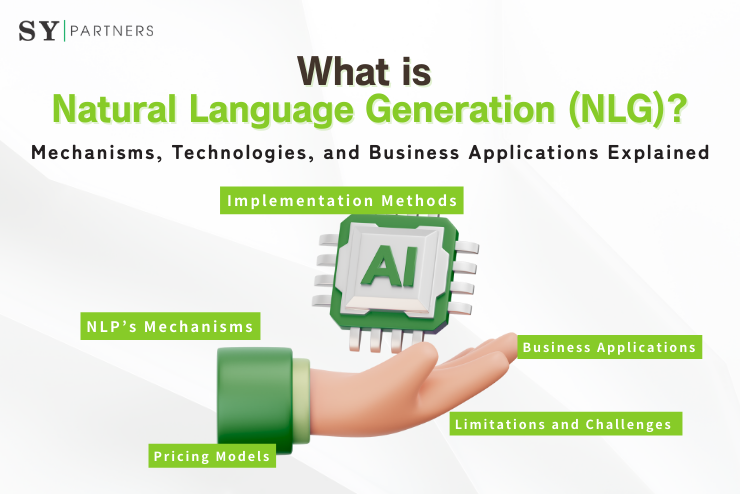


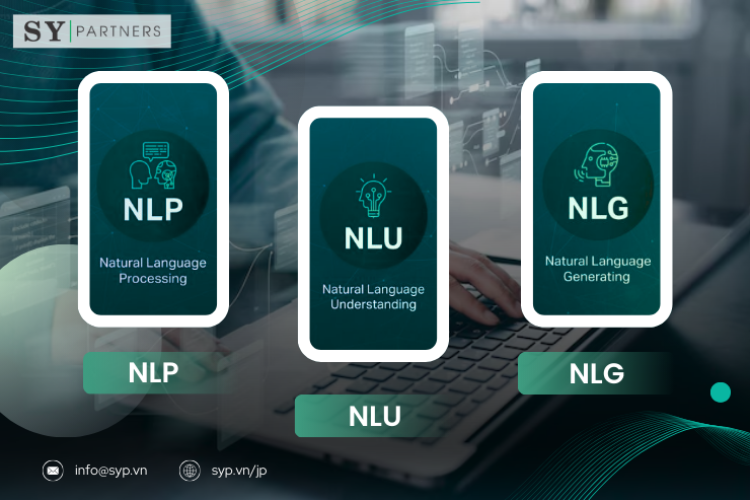

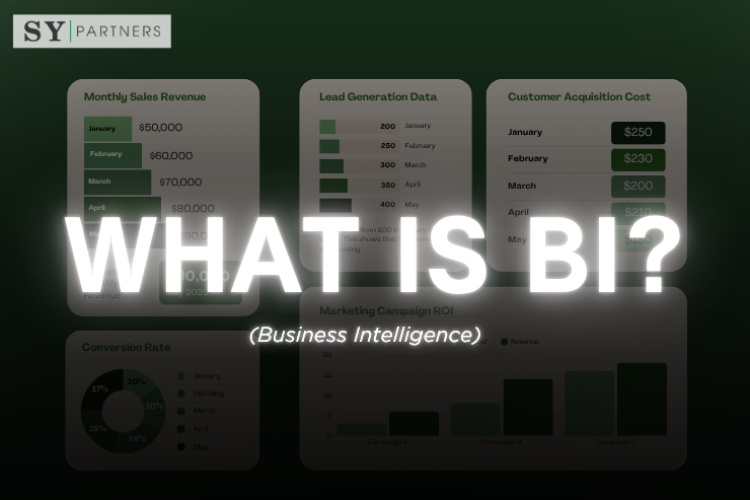
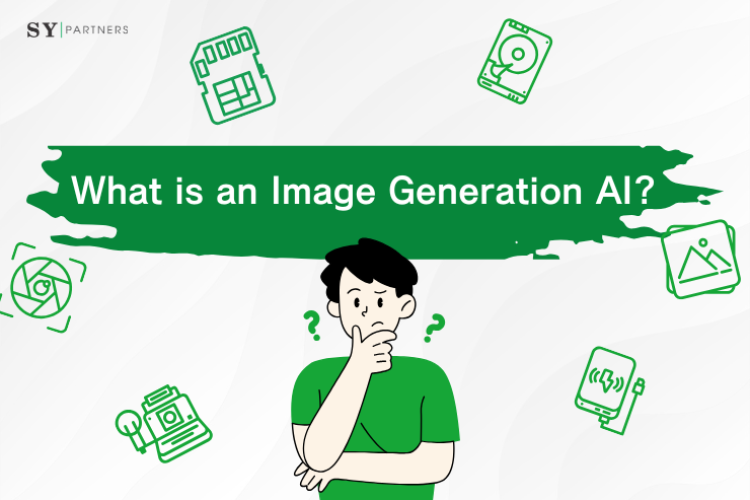

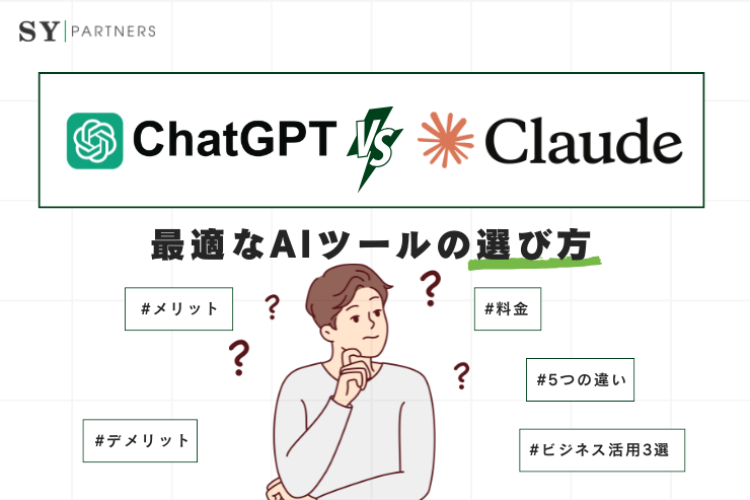
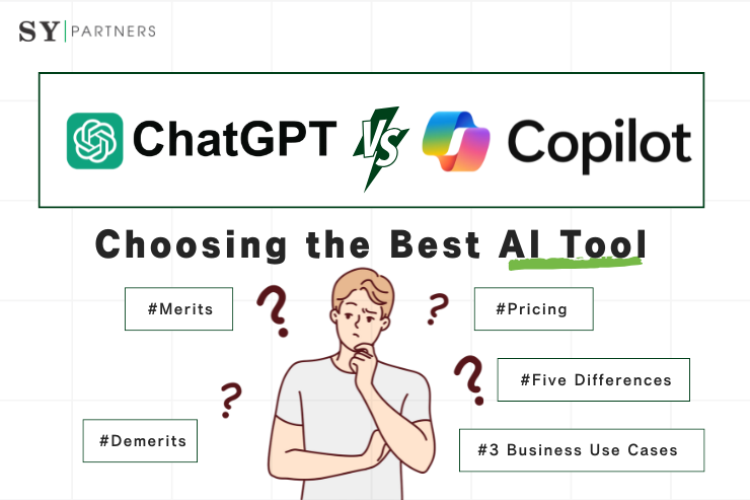
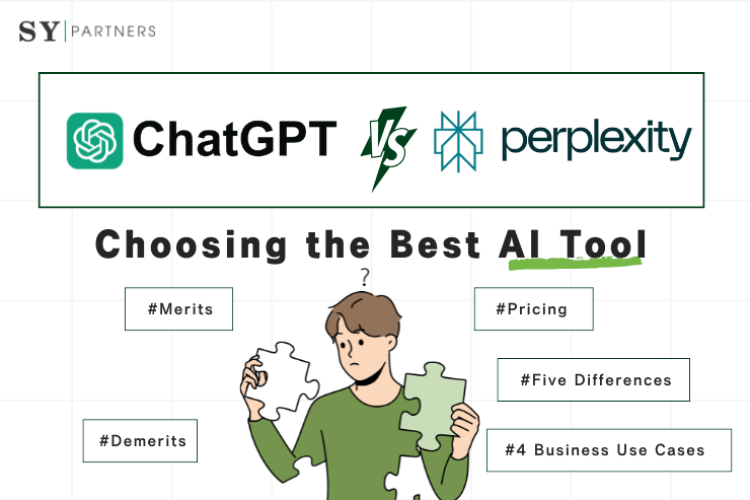
![[For Enterprises] Adoption Rate of Microsoft Copilot and 8 Key Business Use Cases](/sites/default/files/styles/medium/public/articles/%5BFor%20Enterprises%5D%20Copilot%20%E2%80%94%20Corporate%20Adoption%20Rate%20and%208%20Business%20Use%20Cases.png?itok=6MVSPst9)
![[For Enterprises] Grok — Corporate Adoption Rate and 8 Business Use Cases](/sites/default/files/styles/medium/public/articles/%5BFor%20Enterprises%5D%20Grok%20%E2%80%94%20Corporate%20Adoption%20Rate%20and%208%20Business%20Use%20Cases%20%281%29.png?itok=3Vu1lBCh)
![[For Enterprises] Claude — Corporate Adoption Rate and 8 Business Use Cases](/sites/default/files/styles/medium/public/articles/%5BFor%20Enterprises%5D%20Claude%20%E2%80%94%20Corporate%20Adoption%20Rate%20and%208%20Business%20Use%20Cases.png?itok=tc2aEIEt)